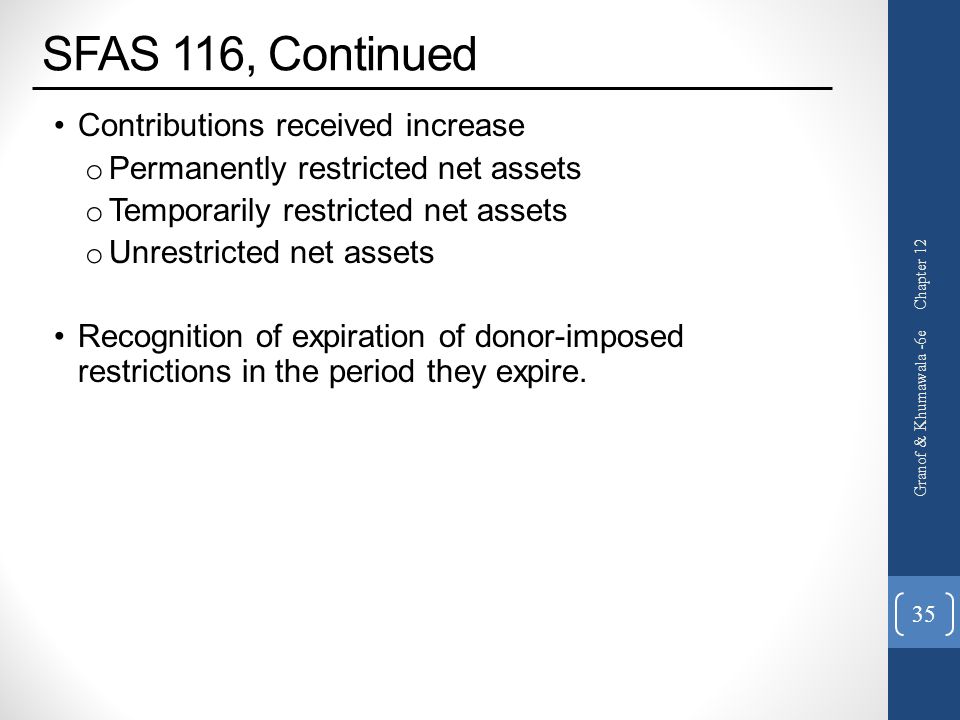Blue Ocean Strategy is a business theory and approach developed by W. Chan Kim and Renée Mauborgne in their 2005 book of the same name. It is based on the idea that organizations can create new market spaces, or "blue oceans," by offering unique products or services that are not found in existing markets, or "red oceans," which are crowded with competitors vying for the same customers.
According to Kim and Mauborgne, blue ocean strategy is about creating value for both the company and the customer. It involves finding untapped market opportunities and creating value through differentiation and low cost. By doing so, a company can achieve both a competitive advantage and a higher price for its products or services.
One key aspect of blue ocean strategy is value innovation, which involves creating value for both the company and the customer through a combination of differentiation and low cost. This involves finding new ways to deliver value to customers that are not offered by competitors and that meet their needs at a lower cost.
Another key aspect of blue ocean strategy is the idea of eliminating or reducing the factors that drive industry competition. This can be achieved through the creation of a new value curve, which plots the factors that drive industry competition against the value that customers receive from a product or service. By eliminating or reducing certain factors, a company can create a new value curve that offers greater value to customers at a lower cost, thus allowing it to differentiate itself from competitors.
There are several tools and techniques that can be used to implement blue ocean strategy, including the "Four Actions Framework," which involves identifying and eliminating factors that drive industry competition, reducing factors that are not important to customers, creating factors that are unique and attractive to customers, and raising factors that are important but undervalued by the industry.
In conclusion, blue ocean strategy is a business approach that involves finding untapped market opportunities and creating value through differentiation and low cost. It is based on the idea of creating value for both the company and the customer and involves the use of tools and techniques such as the Four Actions Framework to implement this strategy. By following a blue ocean approach, organizations can achieve a competitive advantage and higher prices for their products or services, while also meeting the needs of their customers in a unique and innovative way.






